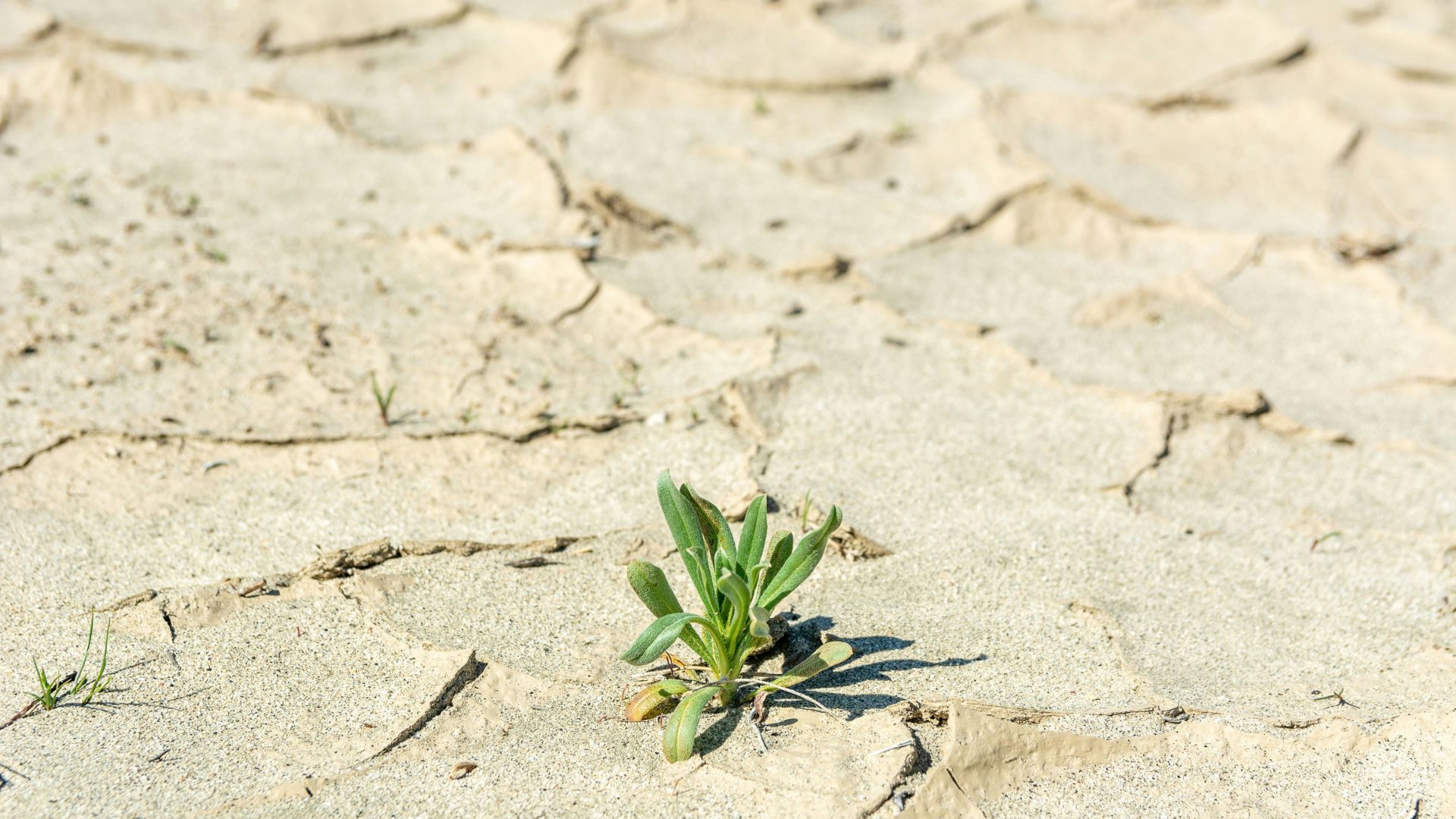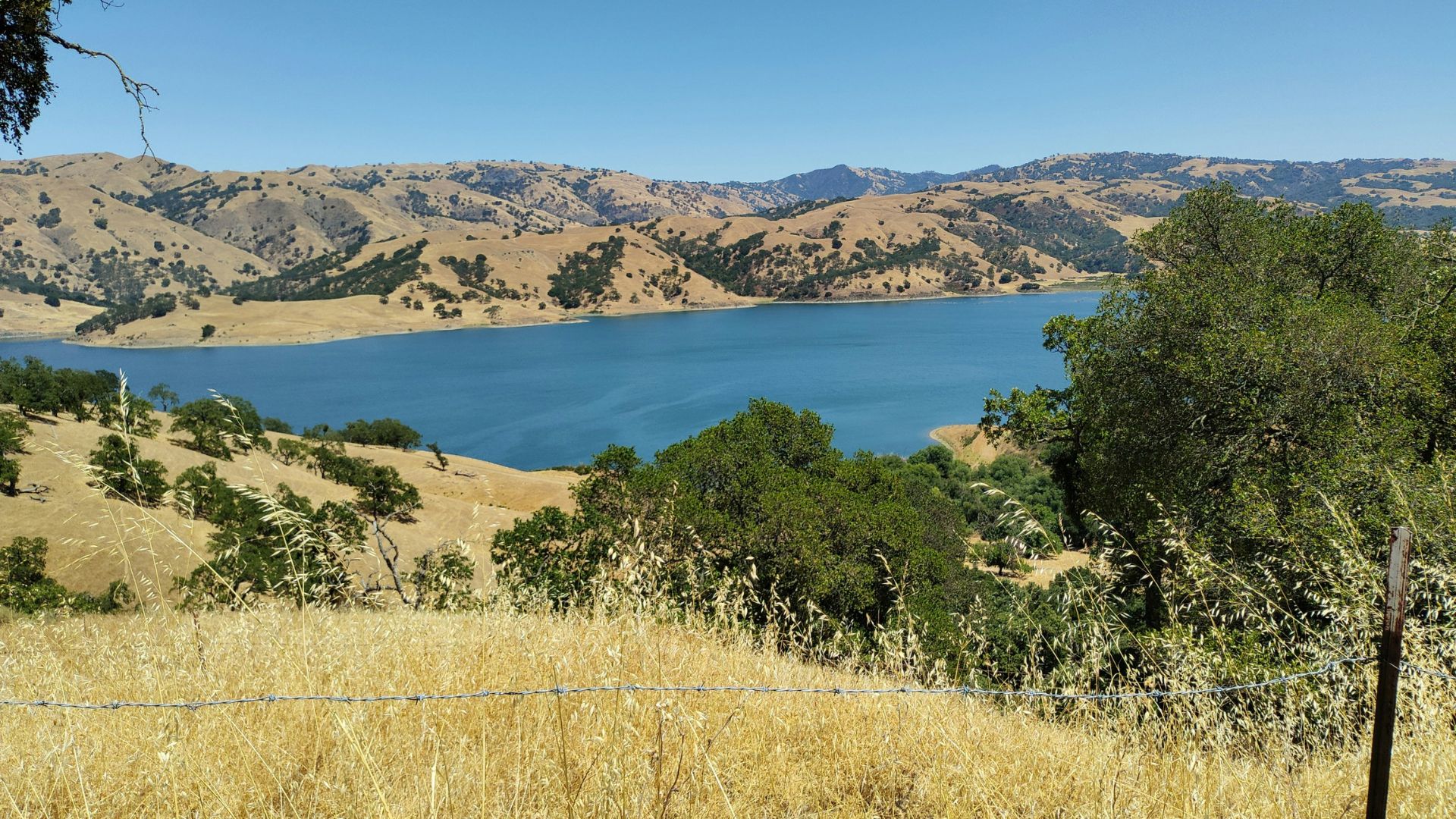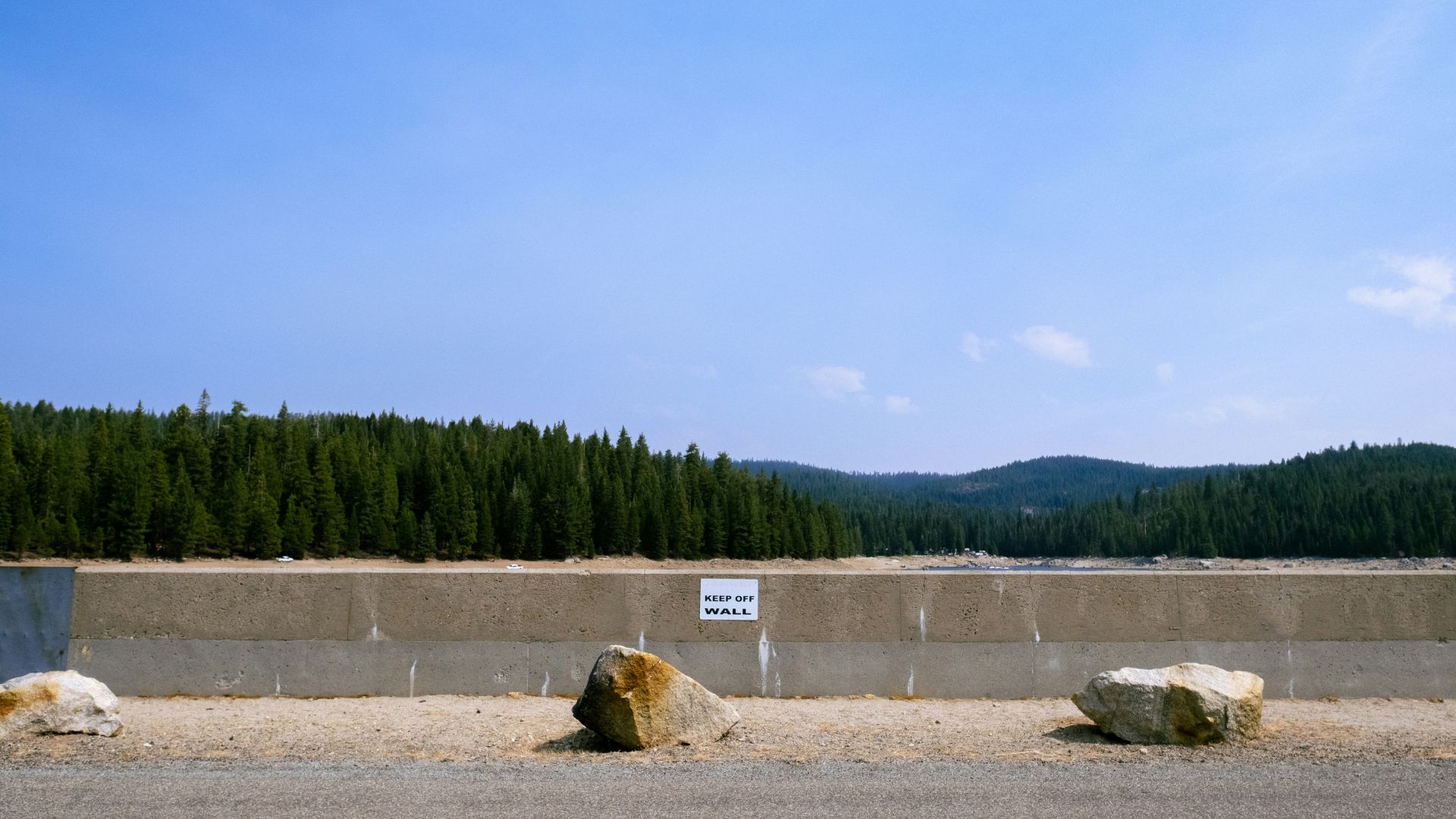Historically Low California Groundwater Levels Increase for the First Time in 4 Years
California’s groundwater storage was able to increase for the first time in 4 years, thanks to the unexpectedly large amount of rain and snow that the state experienced last winter.
However, even though groundwater levels in the state have now risen, overall levels still remain historically low as a result of many dry years.
2023’s Wet Winter
The 2023 water year is October 1, 2022, to September 30, 2023. During this time, California saw a lot of rain and snow, which led to a 4.1 million acre-feet groundwater recharge.

Source: Spencer DeMera/Unsplash
According to the California Department of Water Resources (DWR), this managed groundwater recharge was larger than anticipated. The state also saw groundwater storage levels rise by 8.7 million acre-feet.
Last Winter in California
While many months spanned the 2023 water year, many analysts are pointing to the winter California experienced just a few months ago as why they’re seeing this positive shift in groundwater levels.

Source: F Cary Snyder/Unsplash
Last winter, Californians experienced more rain and winter than they had in a while. This only helped increase the overall water amount seen throughout the entire water year.
Managed Groundwater Recharge
As a result of this massive amount of water, groundwater levels in the state have increased for the first time in four years.

Source: Todd Diemer/Unsplash
Managed groundwater recharge is now at a 4.1 million acre-feet volume. Managed groundwater recharge occurs when excess water is injected into an aquifer, which replenishes it.
Reservoirs Are Full Now in California
This large amount of water seen in the last water year has also resulted in many of California’s reservoirs now reaching full capacity. Most recently, Lake Oroville, the state’s second-largest reservoir, reached full capacity.

Source: Manny Becerra/Unsplash
Lake Oroville has now been full for the second year in a row, which is a positive for a state that has seen drought often. Meanwhile, the groundwater recharge volume is equal to California’s biggest above-ground reservoir, Shasta Lake, entire capacity.
Looking to the Future
Now that California water officials have this increase in groundwater levels, they are working to ensure they can use this water in the future.

Source: Steve Harvey/Unsplash
California has recently experienced droughts and many dry water years. As a result, their water officials know only too well how important it is to think ahead.
Preparing for Future Dry Years
Paul Gosselin, the deputy director of sustainable water management for the Department of Water Resources, has explained that they will use these high levels to prepare for potentially dry years in the future.

Source: Ludwig Theodor von Ruhm/Unsplash
Gosselin said, “California is invested in preparing for weather extremes by maximizing the wet years to store as much water as possible in preparation for the dry years.”
Water in California
Throughout the 2023 water year, about 93% of the total recharge amount occurred in San Joaquin Valley, an agricultural region of California.

Source: Susie Burleson/Unsplash
Now, however, officials are working to invest and expand the ways they collect and store water during these helpful wet water years.
Historically Low Levels
This last water year is officially considered the eighth wettest water year seen in California in at least the last 50 years. It’s also the first time groundwater storage has increased in four years, or since 2019.

Source: Bastian Pudill/Unsplash
Even with these beneficial increases, groundwater levels remain historically low. As a result, water officials are working throughout the state to try to learn from this wet water year.
Storing Water
Storing water properly is essential for the state’s future. Many experts have applauded the 2014 Sustainable Groundwater Management Act, as it has allowed the state to better manage groundwater in an efficient manner.

Source: Sime Basioli/Unsplash
There is a very real possibility that if this act wasn’t passed, the state wouldn’t have had the opportunities to manage 2023’s wet year as well as they have.
A Helpful Act
The DWR has further explained how this act has allowed experts to learn more about groundwater.

Source: Fabrizio Coco/Unsplash
“As a result of this important legislation, we are collectively learning more than ever before about California’s groundwater basins from data being collected and reported by local [groundwater sustainability agencies] as well as from state investments in new technologies and expanded groundwater monitoring,” DWR said.
Replenishing Low Water Levels
Though this groundwater level increase is beneficial, officials still cite historically low water levels as an issue.

Source: Val Aranovich/Unsplash
DWR explained, ”Long-term groundwater storage remains in a deficit of nearly 40 million acre-feet over the past two decades, due in part to years of pumping out more water than has been replenished. It would take nearly five consecutive above average, not just average, water years like 2023 to fill that gap.”
